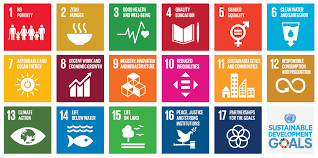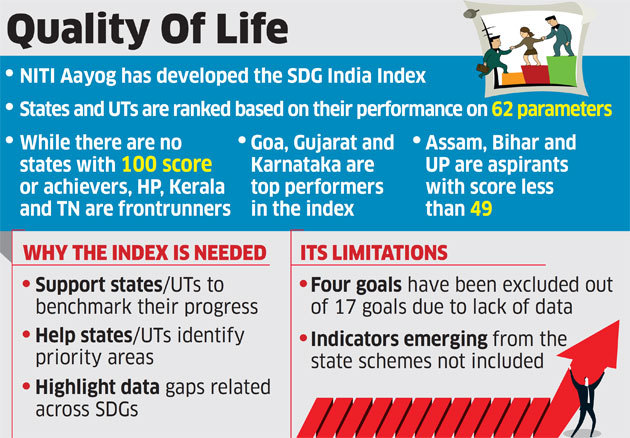900 319 0030
enquiry@shankarias.in
What is the issue?
What is the report on?

What are the report highlights?

Why is the assessment flawed?
What can be done?
Source: The Hindu